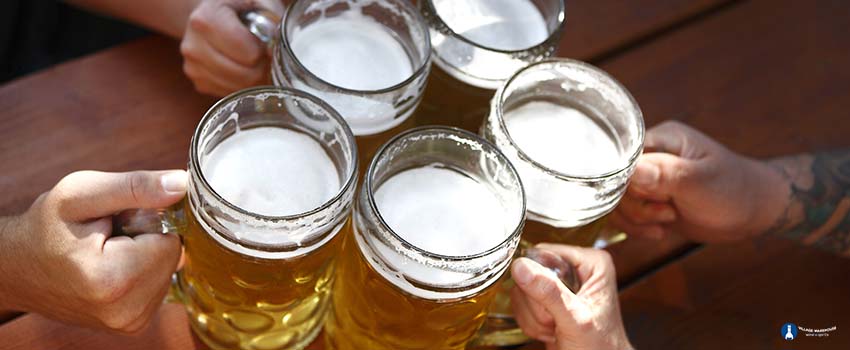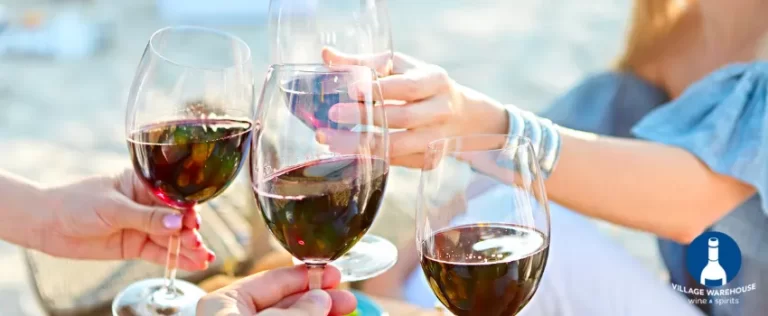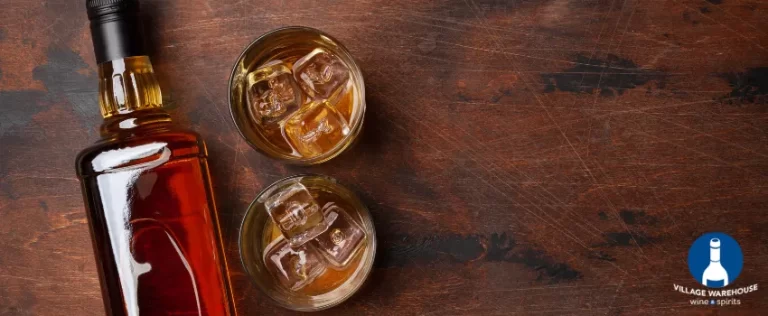Conversations about food and beverage pairings often involve wine. Nowadays, conversations are starting to shift towards beer and food pairings.
The rising popularity of beer and food pairing menus can be attributed to the rise of craft beer in the public consciousness. According to the National Restaurant Association, the beer and food pairing trend has steadily risen since 2018.
Most people in the craft beer business attribute the success and influence of the beverage because of its community-friendliness. Craft beers are made by independent brewers, which has allowed creativity to flow and introduce different flavors – an essential part of making combo menus.
Understanding Beer Jargon
Casual drinkers and beer aficionados from breweries with food offerings often talk in a language that aims to describe beer flavors and characteristics accurately. If you are quite new in the game, you’ll find these terminologies often spoken about and intimidating to understand. Don’t worry; here’s a rundown of the common terms used when talking about beer.
Light Beer
When beer nerds and brewers talk about light beer, they often refer to beers with an amber color and a milder flavor. Light beers usually have a lower alcohol content compared to other beer types. Pilsners and tight ales are the perfect examples of light beer.
Breweries with food offerings often serve light beer for beginners because it is easily adaptable.
Dark Beer
Dark beers have thicker consistencies, resulting in a dark brown to opaque color. Dark beers often appear in beer pairing charts, emphasizing a higher alcohol and calorie content than light beers.
Hops
When talking about craft beer, hops are often the center of attention. Their flowers are used in brewing craft beer because of the wide variety of flavors they provide.
However, when brewers talk about the flavor being “hoppy” in beer pairing charts, they refer to the general taste it emits, which is bitter and a bit earthy. India Pale Ale (commonly referred to as IPA) is the best example of a beer with a distinct hoppy character.
Malt
Malt is the primary ingredient in making beer. Unlike hops, malt provides the sweet taste of the beer. The overall characteristics of beer, including its base taste and mouthfeel, depend on the amount of malt used.
Mouthfeel
The textural characteristics of beer that produce a sensation in the mouth are called mouthfeel. It has three key attributes: carbonation, fullness, and aftertaste. Carbonation is the stinging or tingling sensation felt caused by the amount of carbon dioxide in the beer. Fullness is the perception of beer’s weight and resistance to flow while being drunk. The aftertaste is an integral part of a beer; it’s associated with the lasting sensations one feels in the mouth after drinking the beer.
Tips For the Best Food and Beer Pairing
The development of beer and food pairing was experimental before it became a form of science and, in some way, an art form. Throughout the years, brewers and restaurateurs have listed down some helpful tips for pairing beer with different types of food.
Know Your Goals
List down the menu you plan to have. It is essential to clearly understand why you are making the beer and food pairing menu first. Are you going for meats? Canapes? Which flavors are you trying to achieve? Answering these basic questions will help you plan your pairing.
Always Think of Complementary Flavors
If you already have an idea of the beer and food pairing menu, it is best to use it as the basis for your pairing. The most basic rule of any food and beverage pairing goes down to one thing: complement. Your beverage – in this case, beer – should enhance or tone down the flavors of your food, making it a balanced gastronomic experience.
Invest in Appetizers
Appetizers are the perfect pair to any beverage, and beer is no exception. They are perfect for exhibit openings and light parties. Sometimes, having a beer pairing party doesn’t have to come with full-course meals.
Opposites Attract
The contrast between beverage and food pairings is one of the best things you’ll experience. You can achieve contrast by carefully preparing food with flavors opposite your beer’s general taste.
Pick out a strong flavor you want to highlight in your menu. For instance, preparing fatty foods goes well with IPA or other beers with a high amount of hops. The bitterness and the other layers of flavor from the hops can negate and balance the saltiness and grease from the fat.
Play It Safe
You won’t always have a 100% success rate with your food and beverage pairing, making it important to play it safe. Light beers come in handy for these situations. Since light beers have mild tastes, they can easily work with any menu, from something as simple as fish and chips to a full steak dinner.
Experiment
The art form of beer and food pairing started as an experiment. Get yourself out there and try new flavors and combinations or get ideas from brewers, do some research, and have fun with pairing your menu. A little process of trial and error will come a long way to creating the best beer and food combinations.
Pairing Beer With Food
Wine lovers, beverage directors, and chefs have discovered that beer can be paired with many different foods. Beer sommeliers are now common in many cities, including Los Angeles, Chicago, and New York. The number of beer-and-food tasting events has increased exponentially, along with beer and food pairing guides.
Beer might be better for food than wine. There’s certainly more variety in flavor. Winemakers have only one ingredient: grapes. Beermakers can experiment with hops (which add sweetness), barley (which gives bitterness), yeast (which gives that distinctive “bready” taste), spices, nuts, and chocolate, fruits, and vegetables.
Want to learn the basics of pairing beer with food but don’t know where to start? Here’s a beer and food pairing guide to help you out.
Light Lager
Light Lagers are the palest beer type and are known for their refreshing and crisp taste. Light lagers are generally mild in flavor and rarely bitter or hoppy. This type of beer is trendy in America and is produced by many well-known brands.
This type of beer complements minty and sharp flavors from ginger, lemongrass, and citrus, to name a few. Foods that go well with light lager are:
- Buffalo wings
- Flavored fries
- Hot dogs
- Noodles
- Fried fish
- Wheat Beer
Wheat beer is made with wheat and malted barley grains, making the beer smoother and lighter carbonation. While the wheat does not add flavor to the beer, many brewers add citrus and other fruity flavors.
Consider serving the following dishes with wheat beer:
- Spicy noodles
- Salad
- Fruit tarts
- Italian cuisine
- Pastries
India Pale Ale
India pale ales, also known as IPAs, are one of the most popular beer styles in craft brewing today. IPAs are typically medium-colored and have a bitter taste, while double IPAs are made with more hops and have a stronger bitter taste. Many brewers add herbal or citrus tones to make the bitterness more digestible.
There are many IPAs available on the market, so there is no set of rules for food pairings. Here are some dishes that work well with any IPA:
- Mozzarella sticks
- Flavored fries
- Steak
- Burritos
- Fajitas
Dark Lager
Among the many types of Lager, dark lagers have a distinctive taste. They are made from roasted malts and often have caramel syrup added in, which gives them a strong nutty flavor with a subtle sweetness.
Dark lagers are very popular in Europe and make a great complement to traditional European cuisine. Here are some pairing suggestions for dark lagers:
- Sausage
- Goulash
- Burgers
Porters
The original porters were made in London. They were strong and dark, making them very popular among the working class. Porters today are lighter and come in many styles and flavors. However, they still retain their dark color, distinctive aroma, and toasty flavor. Porters are made from roasted brown malts, which give the beer intense coffee, caramel, and chocolate flavors. Porters, like stouts, are thick and silky, but porters have a crisper end than stouts.
Here are the dishes you can complement them with:
- Lobster
- Crab
- Barbecue
Brown Ale
Brown ales don’t have the same bitterness or hoppy taste as medium-colored beers. Instead, they have hints of flavor similar to porters and stouts. English brown ales are known for their dry, nutty flavors. Beer aficionados or craft brewers often overlook them because they don’t have the intense flavors and hoppiness popular today. However, these beers pair well with many dishes.
You can pair with Brown Ale with foods like:
- Sausage
- Roast Pork
- Sushi
Stout
The black color of stouts is what makes them so distinctive. They are smooth in consistency and have strong hints of coffee and chocolate flavors. They also have a dark, roasted flavor similar to porters. Stouts, despite their appearance, are not usually high in alcohol, bitterness, flavor, or taste; there are many milder, more balanced types of stout.
Here are the dishes you can serve with stout:
- Chocolate
- Lobster
- Barbecue
Village Warehouse Wine & Spirits Knows Beer
Planning on having your first beer and food pairing party? Worry no more. Village Warehouse Wine & Spirits is home to various commercial and artisanal beer brands.
Visit our liquor store in Vail, Colorado, and choose your preferred beer. Call us now to get a quotation!





